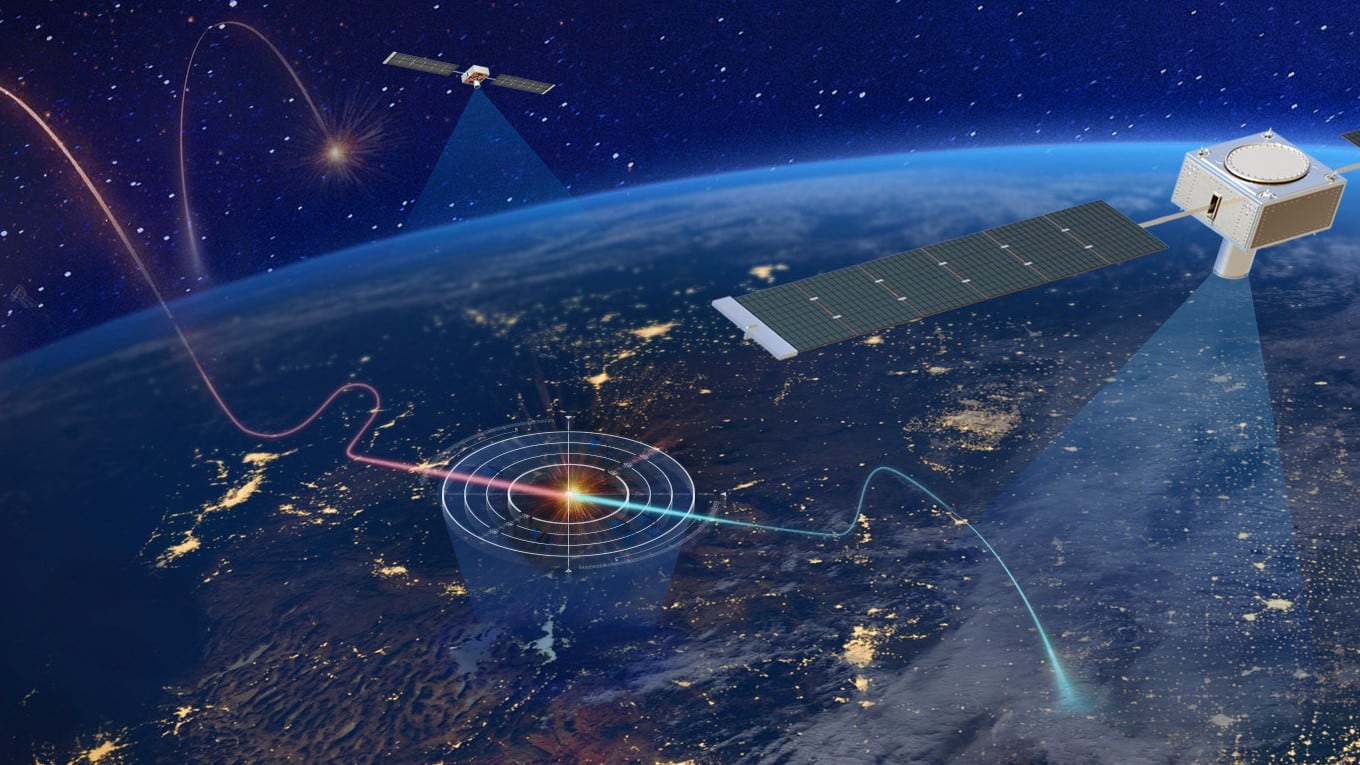The White House is concerned that the Senate’s version of the annual defense policy bill could place undue limitations on the Pentagon as it works to build a space-based sensor layer capable of detecting and tracking hypersonic weapons.
The Senate bill would put responsibility for development and deployment of the space-based sensor layer squarely in the hands of the Missile Defense Agency. Furthermore, it would require on-orbit testing of hypersonic and ballistic tracking space sensors to begin by December 31, 2021.
In a Sept. 4 letter to the chairs of the House and Senate Armed Services Committees, the Trump administration claims these provisions “would limit DOD’s ability to establish the most cost-effective missile defense architecture for the Nation.”
The letter reveals the differing opinions in Washington on which Department of Defense organization is best suited to steer the satellite project.
The White House claims it’s too early to set a lead agency for a space-based sensor layer and to set design requirements. According to the administration, the MDA is currently conducting an analysis of alternatives while the Space Development Agency is building a prototype of a constellation in low earth orbit that would host the space-based sensor layer.
The differing positions play into ongoing confusion from industry over who should have custody of a space-based sensor layer. It also muddies how the Space Development Agency relates to organizations such as the MDA, which is in charge of missile defense, and the Air Force, which has and is building missile tracking satellites.
Currently, the hypersonic and ballistic tracking space sensors appears to be a joint project between MDA, SDA and the Defense Advanced Research Projects Agency.
“MDA is working with the (SDA), DARPA, and the U.S. Air Force to conduct prototype concept design activities for a space-based missile tracking sensor system known as Hypersonic and Ballistic Tracking Space Sensor,” Lt. Gen. Samuel Greaves, the former head of the Missile Defense Agency, said in an April 3 hearing before the Senate Armed Services Committee. “As part of an integrated multi-tier [overhead persistent infrared radar] enterprise architecture, HBTSS would detect and track additional and emerging threats using persistent infrared sensors.”
At a July industry day, SDA leaders further explained how the agencies are working together on developing a space-based sensor layer. When faced with questions from industry over the perceived overlap between the SDA and the MDA, especially when it comes to hypersonic tracking sensors, SDA Acting Director Derek Tournear explained it this way:
“SDA is responsible for developing and fielding capabilities," he said. “This means that we will incorporate any and all capabilities that fit our needs provided by whomever. This means we’ll team with the MDA to help with missile tracking, as an example, the Army and others for target custody, as another example, and commercial obviously wherever they can help.
“The SDA does not want to build every satellite needed for the future National Defense Space Architecture. There are many partners already developing capabilities, which we can and will incorporate,” he added.
In this setup, the MDA would develop the actual sensors and inform the SDA on how they can fit into their overall architecture; the SDA would be in charge of actually fielding the satellites which will hold the MDA payloads.
In the letter, the White House clearly claims that giving responsibility for development and deployment of the space-based sensor layer to the MDA would limit the Pentagon as it works to develop this capability.
Nathan Strout covers space, unmanned and intelligence systems for C4ISRNET.








